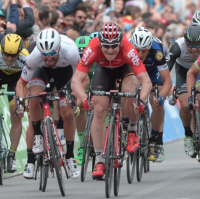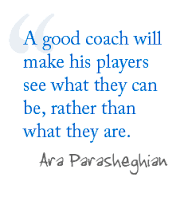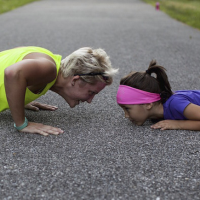Effective Intros and Outros Build a Stronger Class Experience
Many thoughtful instructors spend a great amount of time developing wonderful playlists combining strong physiological sequencing with impactful music. Yet many of these same instructors ad lib the beginning and end of class without much prior thought. Here are some specific things you can do to strengthen the impact of your intros and outros, while creating an atmosphere of trust and community.Read more…









